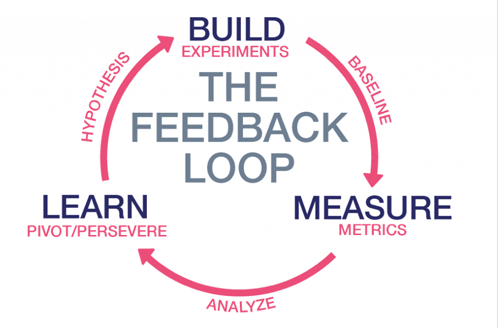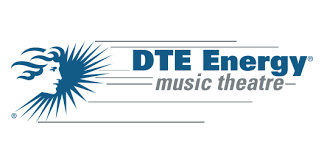AWS:
Amazon Web Services (AWS) is a complete and evolving cloud computing platform provided by Amazon. Previously, the plant usually built an energy plant and used it for its own purposes. Next, the electricity experts will manage the power plants to ensure a reliable supply of electricity at very low prices for these factories in general. Electricity could be generated more efficiently and the price in this model is low. The AWS cloud follows a similar model in which companies can opt for cloud services instead of building large infrastructures, where they can get all the infrastructure they may need.
AWS components
There are different components of AWS, but only for key components.
Amazon Cluster
Also known as the Amazon account, AWS has the main computer service EC2 (Elastic cloud computer) and ELB (Elastic Load Balancing). Due to these cases, companies can increase or decrease according to needs. Administrators and system developers use the EC2 instances to maintain and run the cloud computing. The evaluation is based on the use.
The comparison of sample prices allows users to make offers for the calculation of instances that are not used. Prices vary according to consumption, time of day, week or month.
For smaller human interventions and fault tolerance, AWS ELB distributes applications in all cases of EC2. The ELB service is free of charge in 15 GB of data processing and 750 hours of monthly service for one year. The highest charges are charged every hour and each GB is transferred.
Storage
The simple storage service (S3) from Amazon, Elastic Block Storage (EBS) and CloudFront are three Amazon storage options. Storage in AWS is guaranteed by the pay-per-use model. Amazon S3 is an AWS storage offering, which can store any amount of storage required. It is used for several reasons, such as storing content, backing up, archiving, and recovering an accident, as well as storing data.
Databases
Along with caching and data storage in the AWS petabyte area, the relational ladder, and the NoSQL database are also included. DynamoDB is a NoSQL database that offers large and economical storage. By using EC2 and EBS, users can manage their own databases in AWS. The Relational Database Service (RDS) and Amazon Redshift are two AWS databases.
Amazon RDS is used to manage and expand MySQL, Oracle, SQLServer or PostgreSQL in AWS. Based on examples of hours and amount of storage, RDS is used.
Management and security
The AWS directory service directly connects AWS clouds to local locations. CloudWatch controls the cloud resources for AWS. The AWS CloudTrail API records require AWS user accounts.
Networks
Amazon VPC (Virtual Private Cloud) provides versatile network performance in AWS, which means it provides integrated security and a private cloud. VPC is free with EC2. AWS Direct Connect allows users to connect directly to a cloud that goes through the Internet. The price is per hour.
Analytics
AWS provides data analysis services in all areas, such as Hadoop, orchestration and data transmission and real-time storage. EMR (Elastic MapReduce) is an analytical facilitator used by companies, data analysts, researchers and developers to process parts of data. The evaluation is carried out by the hour. Redshift also offers some analytical capabilities.
Application services
Amazon SQS (simple queue service) is used to automate the workflow between different services. There is a special queue used to store messages.
Implementation and management
Elastic Beanstalk uses Java, .NET, PHP, Node.js, Python and Ruby to implement and measure web applications. Health and registration files can be easily monitored. CloudFormation helps companies and developers gather and provide important AWS resources.
 please wait
please wait
 please wait
please wait
 please wait
please wait




















